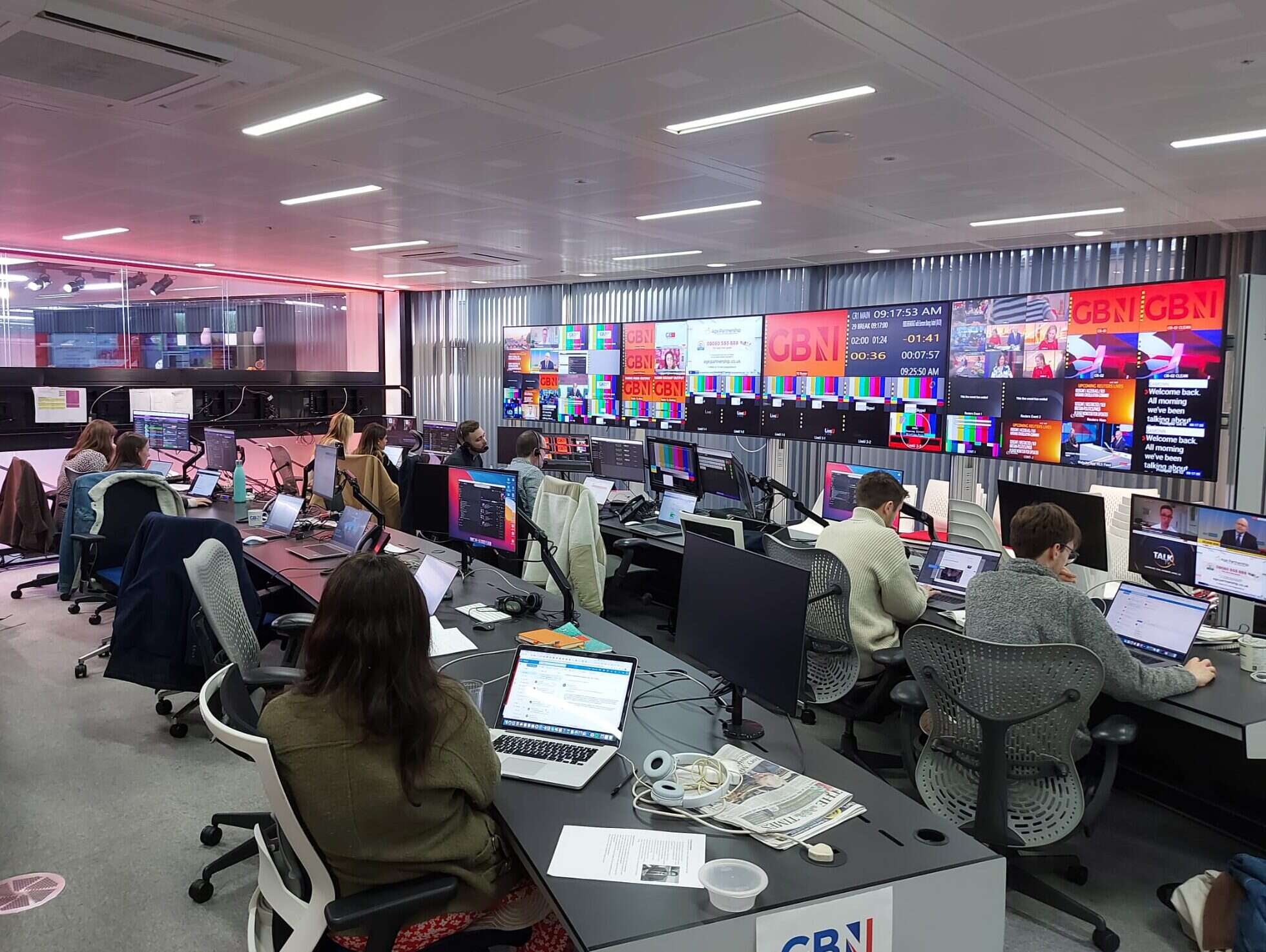Former BBC economics editor Evan Davis said at the Radio Festival in Glasgow earlier this month that journalists could have done more to warn the public about the credit crunch that has triggered the current housing price crash.
‘I do ask whether we did our best to warn people of impending problems during the upswing of the [economic] cycle,’Davis said.
He raised an interesting point. But there is an even more important overriding question of whether UK journalists did their job properly over the wider sub-prime mortgage crisis, which is proving to be more significant and disturbing than the timing of the economic cycle.
The full import of the sub-prime crisis only began to be reported in earnest after Northern Rock ran into trouble last August. Since then the media has extensively covered why the sub-prime market is a problem and the role of highly complex financial vehicles, especially Collateralised Debt Obligations (CDOs), in the crisis. But reporting has been largely reactive, after the event.
For some time I have been researching the coverage of the sub-prime crisis in the UK prior to August 2007. What is clear is that the public received very little prior warning that there was a problem with CDOs or that the sub-prime mortgage bubble would have to burst. Nor was revealed how many of the UK’s most respectable financial institutions were up to their necks in dubious derivatives.
Heavy exposure
To be fair, a few journalists began to realise that the emperor had no clothes at the beginning of March 2007 when HSBC announced it was making provision to write off some £11bn worth of bad debt. It emerged that it had heavy exposure to sub-prime debt originating in the USA.
However, there has been surprisingly little introspection from the media about the quality of reporting up to August 2007.
What is staggering is that between 2001 and 2007 institutions around the world bought some $2 trillion – yes trillion – worth of US CDO debt. In 2004, CDO issuance was estimated $35bn but by 2007 it had rocketed to $685bn.
Part of the problem was that CDOs puzzled the media. ‘Much bought in recent years, they are little understood”, Jeremy Warner of The Independent observed of credit derivatives in Sept 2004. ‘But if you thought credit derivatives were complicated enough, try getting your head around their near relation – collateralised debt obligations, or CDOs. These are packaged portfolios of credit risk made up from an array of different loans and bonds, sliced and diced into a supposedly easily digestible form.”
Many CDOs were based on sub-prime lending in the US market, especially in the house market. Sub-prime is lending to people who are high risk, but pay higher interest rates. The rating agencies such as Standard & Poor, Moodys and Fitch rated CDOs containing subprime debt as AAA risks – very good risks. But they were not.
Searching through the LexisNexis database I cannot find any UK journalist seriously warning about the dangers of CDOs before 2007. There is a certain amount of discussion but the general tone of the business press was supportive of the industry’s expanding use of CDOs.
It now transpires that major figures in the City and FSA were talking about CDOs being ‘toxic’as early as 2002.
One of those publicly warning of the problem at this time, perhaps surprisingly, was the US financial guru Warren Buffet who described derivatives, of which CDOs are a class, as ‘weapons of mass destruction”. One of the wiser comments came in an FT piece in August 2006 from Harsha Patel, then co-head of credit at Investec Asset Management. She observed: ‘Collateralised debt obligations, pools of bonds with varying levels of risk, could well prove unstable if a ‘credit event’ hit the markets.
‘CDOs can sustain one or two big names going under but more than that is a problem,’said Patel. ‘The whole structure of CDOs would look less compelling and we could see some unwinding of deals.”
It is arguable that financial journalists should have thoroughly investigated CDOs and sub-prime lending long before. But there is a counter argument that the composition of CDOs was hard to uncover. One UK financial investigative journalist said to me: ‘With Enron and WorldCom their problems were in the company accounts if you knew where to look. But the composition of CDOs were known to a handful of people and do not appear in company accounts. They are a secret and impossible to crack without a whistleblower.”
‘Chilling read’
One anonymous semi-whistleblower did emerge. By January 2007 the FT does seem to be becoming aware of a problem with CDOs. The doyen of market journalism, Gillian Tett of the FT, took the unusual step of printing extracts from an email she had received from an anonymous banker which she described as a ‘chilling read”.
The banker said: ‘I don’t think there has ever been a time in history when such a large proportion of the riskiest credit assets have been owned by such financially weak institutions… with very limited capacity to withstand adverse credit events and market downturns.”
Pointing out that CDOs were often nine times leveraged, the banker commented: ‘Thus every one million euros of CDO bonds (acquired) is effectively supported by less than 20,000 euros of end investors’ capital – a two per cent decline in the CDO paper wipes out the capital supporting it.”
Tett’s article was a small hint of what was to come and the current economic downturn. George Soros told the BBC in June the worst was still to come.
What stands out in all of this is that financial institutions sold $2trillion worth of financial instability, but no one seemed to know how exactly they worked. How was the story missed? What happened to the scrutiny of the media? Or are the workings of international finance now so complex and secret that the media can no longer provide effective oversight?
One former City editor told me, ‘I think the underscoring issue is that the more complex the financial markets become, the less the media understands them. Essentially you get two types of reporting – ‘It’s all OK’ or ‘We’re all doomed’. We’ve gone from A, pre-August 2007, to B, now. In reality you need more subtlety, something the media is very bad at.”
I’m conducting further research and a survey about the sub-prime crisis. I would be interested in the thoughts of other journalists on this, or being pointed to any perceptive article or broadcast that I have missed.
Email pged@pressgazette.co.uk to point out mistakes, provide story tips or send in a letter for publication on our "Letters Page" blog






